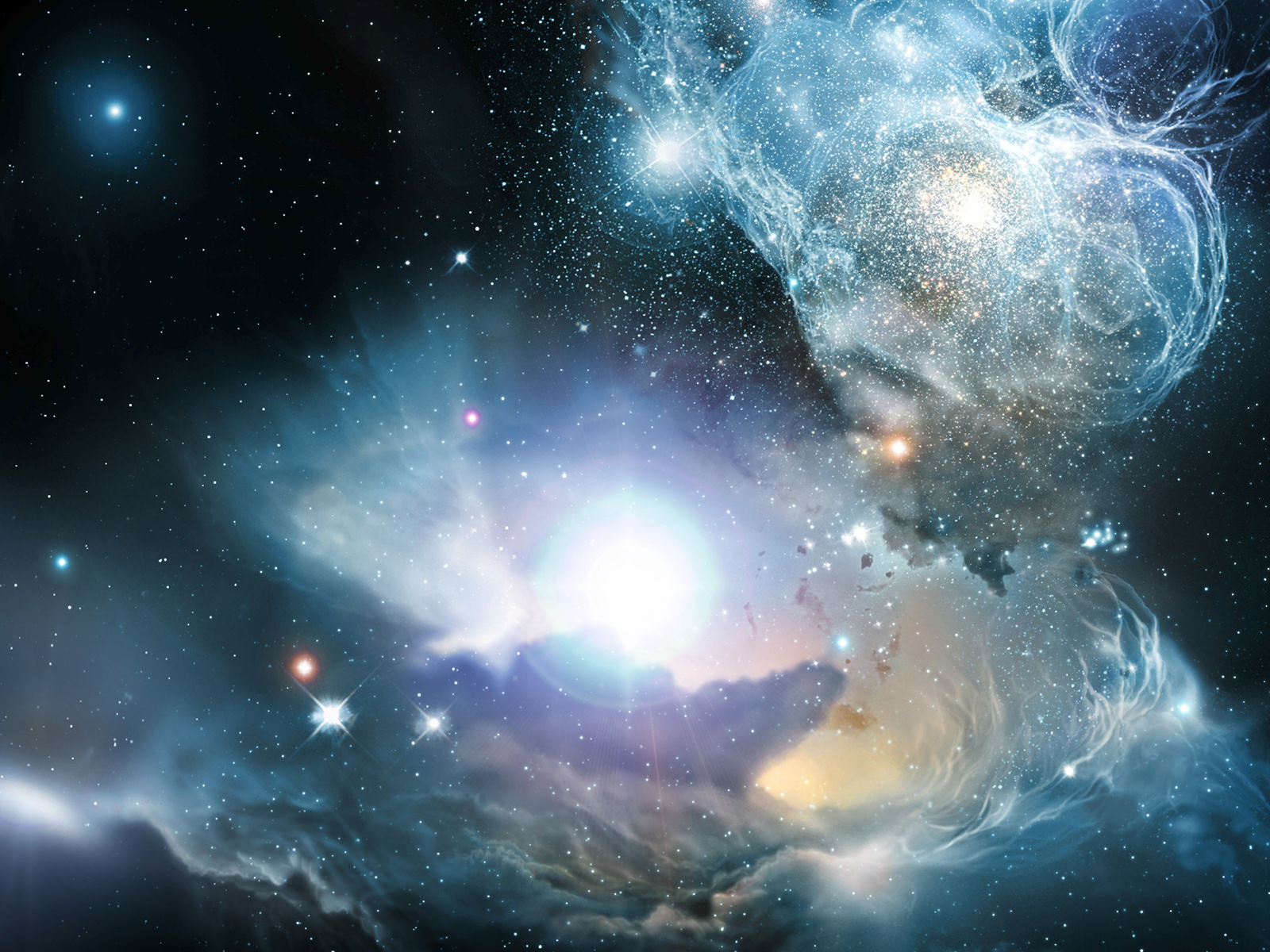The first stars to appear in the universe are no longer with us – they died long ago. But when they died they released torrents of gravitational waves, which might still be detectable as a faint hum in the background vibrations of the cosmos.
Astronomers believe that the first stars were incredibly massive, weighing up to hundreds of times the mass of the sun. They first appeared when the universe was only a few hundred million years old, and they died in cataclysmic supernova explosions shortly after that.
Finding these first stars is a major goal for the upcoming generation of telescopes, including the James Webb Space Telescope. Since stars from that first generation are unlikely to persist to the present day, we much search deep into cosmic time to uncover their nature. Understanding the first stars would help us unravel the formation of the first galaxies, the birth of giant black holes, and even the evolution of dark matter and dark energy.
While those stars are no longer with us, their echo might persist. When they died, they did so as tremendous supernova explosions. Those explosions were violent enough to send out ripples in the fabric of spacetime – gravitational waves.
To date, our gravitational wave observatories have only detected merger events between two black holes or two neutron stars. But the next generation of detectors should have the sensitivity to observe the ripples sent out from supernovae.
Recently, a team of astronomers calculated what it would take to detect the gravitational wave signals from the deaths of the first stars, in a paper appearing in the preprint journal arXiv. They found that the death knells of the first stars wouldn’t be detectable as individual bursts, but rather contribute to a general hum vibrating throughout the universe.
The astronomers found that the next generation of observatories would likely be unable to make this precise measurement. However, third-generation detectors would be able to collect enough events to subtract out the noise from nearby supernova, extract the background hum, and reconstruct the total number of stellar deaths from the first generation of stars.

